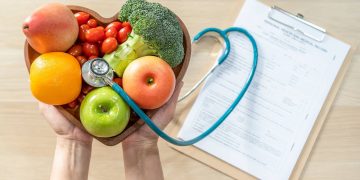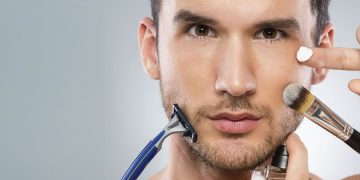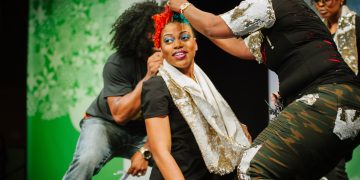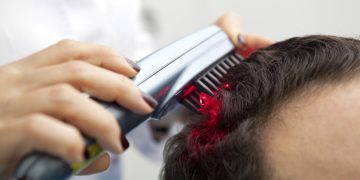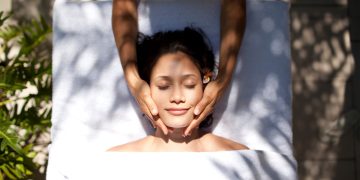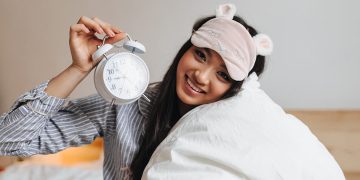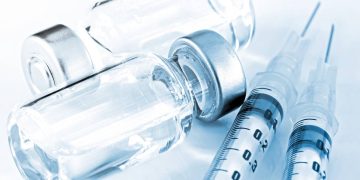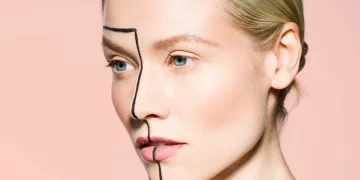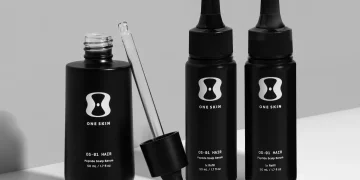Postpartum hair loss is one of the most common—yet least discussed—physical changes new mothers experience. For many, it begins around three months after childbirth and peaks between months four and six. Handfuls of strands appear in the shower drain, ponytails feel thinner, and edges look sparse. Although this cycle is normal and temporary, it can be emotionally overwhelming, especially during a period already marked by profound lifestyle adjustments.
Understanding what drives postpartum shedding—and how to support regrowth—empowers mothers to navigate this phase with reassurance, science-backed strategies, and renewed confidence. From hormonal resets to nutritional therapy and targeted scalp support, this article explores how postpartum hair can be nurtured back to fullness, strength, and vitality.
Why Does Postpartum Hair Loss Happen? The Hormonal Reset Explained
The primary driver of postpartum shedding is hormonal withdrawal, particularly the sharp drop in estrogen after childbirth.
1. Estrogen’s “Protective Bubble” During Pregnancy
During pregnancy, estrogen levels surge. This hormone:
- Prolongs the anagen (growth) phase
- Minimizes the number of follicles entering telogen (shedding)
- Creates thicker, denser, shinier hair
Many pregnant women describe their hair as the best it has ever looked—full, glossy, and fast-growing. But this effect comes with a downside once levels normalize.
2. The Post-Birth Estrogen Crash
After delivery, estrogen levels plummet, triggering a phenomenon known as telogen effluvium. Instead of shedding the typical 80–100 hairs per day, the body releases months of accumulated strands all at once.
Common characteristics of postpartum hair loss include:
- Sudden increase in shedding
- Thinning at the temples and hairline
- Overall reduction in volume
- Shedding lasting three to six months
- Full recovery typically within 12 months
3. Additional Stressors That Worsen Shedding
While hormonal change is the root cause, several factors intensify hair loss:
- Sleep deprivation
- Childbirth-related stress
- Breastfeeding nutrient depletion
- Thyroid fluctuations (postpartum thyroiditis)
- Iron deficiency
- Elevated cortisol levels from emotional stress
Understanding these contributors helps mothers address the problem holistically rather than feeling powerless.
Can Nutrition Accelerate Postpartum Hair Regrowth?
Postpartum nutrition directly influences hair cycles, especially during breastfeeding when nutrient demand is high.
1. Key Nutrients for Regrowth
To support healthy hair cycles, focus on replenishing:
Iron
- Crucial for oxygen delivery to follicles
- Low levels can prolong shedding
Sources: red meat, lentils, spinach, quinoa
Zinc
- Supports cell turnover
- Strengthens hair shaft
Sources: pumpkin seeds, chickpeas, cashews
Biotin (Vitamin B7)
- Helps convert nutrients into energy at follicle level
Sources: eggs, salmon, almonds
Vitamin D
- Regulates the growth cycle
Sources: sunlight, fortified milk, fatty fish
Omega-3 fatty acids
- Reduce inflammation
- Improve scalp hydration
Sources: fish oil, chia seeds, walnuts
Protein
Hair is keratin—adequate protein is nonnegotiable.
Sources: poultry, Greek yogurt, tofu, beans
2. Should You Take Supplements?
Supplements can help, but they should be used with medical approval—especially while breastfeeding. Common postpartum supplements include:
- Multivitamins
- Omega-3 capsules
- Vitamin D
- Iron
- Collagen peptides
3. Hydration and Hair Health
Dehydration affects:
- Scalp moisture
- Follicle nourishment
- Overall hair strength
Women should aim for 2–2.5 liters of water daily during postpartum recovery.
How Can You Support the Scalp for Optimal Regrowth?
Healthy hair begins with a healthy scalp. Postpartum stress often causes:
- Increased dryness
- Reduced circulation
- Sensitivity
- Flaking
Supporting the scalp encourages a stronger regrowth phase.
1. Scalp Massage: Circulation Boost
Daily or every-other-day massage:
- Enhances blood flow
- Improves nutrient delivery
- Stimulates follicle activity
- Helps reduce tension
Use fingertips or a silicone scalp brush.
2. Lightweight Scalp Serums
Look for formulas with:
- Niacinamide (improves barrier function)
- Peptides (signal follicle repair)
- Caffeine (stimulates blood flow)
- Rosemary oil (clinically shown to match minoxidil effectiveness over time)
- Hyaluronic acid (hydrates without clogging pores)
Avoid heavy oils on already fragile hairlines.
3. Anti-Shedding Ingredients
Some mothers benefit from:
- Minoxidil (topical) — only if cleared by a doctor during breastfeeding
- Antioxidant serums
- Aloe vera gel for soothing
The goal isn’t to halt shedding entirely—this is impossible—but to shorten the shedding window and support stronger regrowth.
4. Gentle Cleansing Routine
Choose:
- Sulfate-free shampoos
- Hydrating conditioners
- Balancing treatments with tea tree, salicylic acid, or probiotics
Avoid excessive detox treatments, which may irritate sensitive postpartum scalps.

What Are the Best Styling Strategies During Postpartum Shedding?
Gentle handling protects vulnerable hair and reduces unnecessary breakage.
1. Low-Tension Hairstyles
Avoid:
- Tight ponytails
- Snatched buns
- Heavy extensions
Opt for:
- Loose braids
- Soft buns
- Headband styles
- Satin scrunchies
2. Heat Styling With Caution
If using heat:
- Always apply a thermal protectant
- Keep temperatures moderate
- Reduce frequency
Fragile postpartum strands are more prone to snapping under extreme heat.
3. Sleep Protection
Use:
- Satin pillowcases
- Silk turbans
- Loose protective wrap styles
These reduce friction and preserve new growth around the hairline.
4. Strategic Haircuts
A well-timed cut:
- Minimizes the look of thinning
- Enhances shape
- Improves manageability
- Removes split ends
Many mothers find shoulder-length or layered cuts especially flattering during regrowth.
How Can Mothers Maintain Confidence During Postpartum Hair Changes?
Hair loss isn’t just physical—it affects identity, self-esteem, and emotional wellbeing. Confidence-building is an essential part of postpartum recovery.
1. Normalize the Experience
Recognizing that most mothers experience postpartum shedding reduces the sense of isolation and fear.
2. Reframe Hair Loss as Temporary
Shedding is not damage—it is a natural reset. Regrowth almost always follows.
3. Embrace Transitional Hairstyles
Consider:
- Soft bangs
- Textured waves
- Headbands or scarves
- Strategic part changes
These small shifts can dramatically improve confidence.
4. Prioritize Self-Care
New mothers often put themselves last. Restful sleep, hydration, and gentle routines support both emotional and physical recovery.
5. Seek Professional Advice When Needed
Talk to a dermatologist if shedding:
- Lasts beyond 12 months
- Creates bald patches
- Comes with fatigue (possible thyroid issue)
- Appears extremely sudden
Medical support can provide clarity and peace of mind.
Conclusion: Postpartum Hair Loss Is Not the End—It’s a Transition
Postpartum hair loss can feel distressing, but it represents a temporary hormonal shift, not permanent damage. With the right combination of nutritional therapy, scalp support, gentle styling, and emotional reassurance, mothers can expect strong, healthy regrowth within the year.
More importantly, navigating postpartum shedding with knowledge and self-compassion can help mothers rediscover confidence—not just in their appearance, but in the resilience of their bodies.
Your hair is not losing its vitality—it’s simply resetting.















